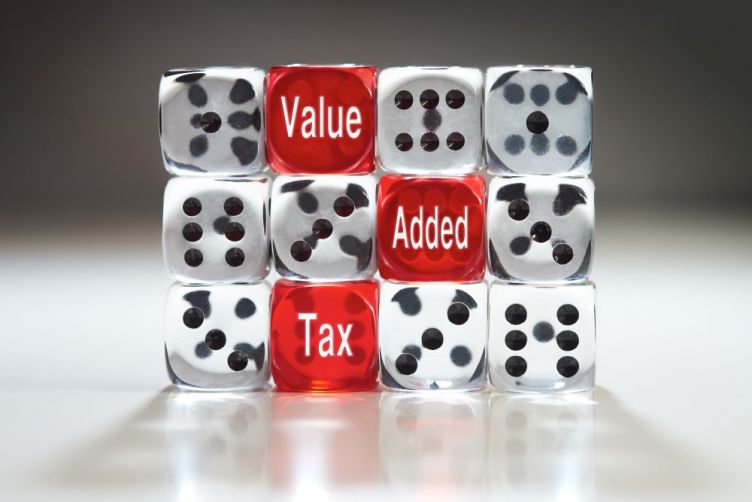You’ve decided to register for VAT – either because you have reached the £81,000 turnover threshold which makes registration compulsory or because you feel it would be to your financial advantage to take voluntary registration. So how do you do it?
Business consultants say that becoming VAT registered is far less complicated and time-consuming than it once was. Now you can register online by contacting HMRC online services (www.hmrc.gov.uk) and also complete the paper forms VAT1 and VAT2 which are available as a download. These are the last paper forms you are likely to fill in - HMRC hasn’t used paper for VAT returns and payments since April 2012 and so all dealings are now online.
HMRC say that registering online is faster, more secure, easier and you get an immediate screen acknowledgement that your application has been received. Some more good news is that applying for VAT registration is free,
Registering for VAT involves telling HMRC all about yourself and your business including details of how you operate, your national insurance number, certificate of incorporation and business bank account details.
They will also need to know such details as your position in the company, email address and phone number and full postal address.
There are several grades of VAT and you will need to discuss which apply to you with HMRC or your business advisor. The standard rate is 20 per cent, charged for most goods and services, but some, including domestic fuel and power, pay only five per cent and other products , like children’s clothes, newspapers ,books and food, attract zero VAT.
Other services, like insurance, education and credit, are exempt from VAT and agricultural goods and services are also mostly zero-rated.
Sole traders and partners can also become VAT registered and although the VAT people admit they’re not too keen on dealing with tiny businesses they will do so when they are convinced they are bona fide and that the application is for genuine business reasons.
When your VAT certificate of registration has come through you need to register with VAT online services and that involves providing your postcode and VAT registration number. After that you may be able to recover some of the VAT payments you made before the business was VAT registered.
In fact you can usually reclaim VAT on goods you bought or imported four years before you registered for VAT so long as they belong to, and are being used by, the existing business.
Of course there’s no reason why you should stay VAT registered if you find it doesn’t suit you. One sole trader recently told HMRC that it was one of the worst mistakes of his life – his prices were 20 per cent more than his unregistered competitors and his customers left him in droves. Sic months after he ceased paying VAT, the business had 80 per cent recovered.
For voluntary deregistration you need form VAT7, to give 30 days’ notice and explain the reason for your decisions. The usual reasons include closing the business, amalgamating with a company already VAT registered and going into a non-VAT market.












_59_59_80_s.jpg)














